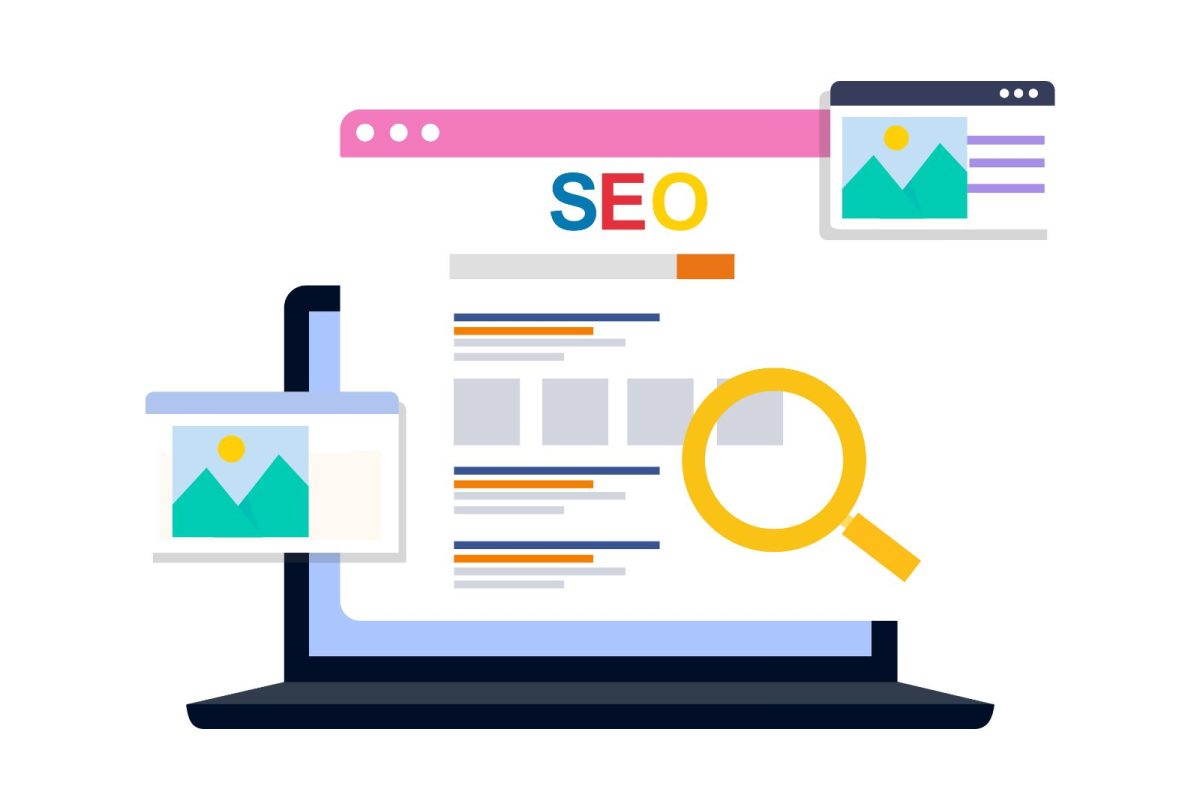Table of Contents

In today’s digital landscape, image optimisation is one of the most effective yet underutilised strategies for boosting website SEO. While content quality, backlinks, and mobile-friendliness are typically front and centre in SEO conversations, images play a crucial role in the overall performance of your website. Properly optimised images not only improve page load speed but also enhance user experience, which are both important ranking factors for Google.
In this blog post, we’ll explore how image optimisation can skyrocket your website’s SEO performance, and why it’s a critical aspect of your digital marketing strategy.
What is Image Optimisation?
Image optimisation is the process of reducing the file size of an image while maintaining its quality, making it faster to load on a website. This process can also include using proper file types, alt tags, and ensuring that the images serve the right context for SEO. Optimised images are not just smaller but more relevant to search engines, helping your site rank higher in image search and contributing to overall page performance.
In fact, according to Google’s PageSpeed Insights, the size of images on a website has a direct impact on load time, which is a significant ranking factor. When your pages load quickly, users are more likely to stay on your site longer, improving your bounce rate and, ultimately, your SEO ranking.
SEO Benefits of Image Optimisation

Image optimisation offers several benefits for SEO that are often overlooked. Here are some ways to optimise your images can improve your website’s visibility:
1. Faster Page Load Times
Page load time is a critical ranking factor for Google. If your website takes too long to load, visitors will quickly abandon it, which can negatively impact your SEO rankings. According to Google, each additional second of loading time can result in a higher bounce rate, which signals to Google that your website may not be offering a great user experience.
Optimised images have smaller file sizes, reducing the load time of your pages, which in turn improves your website’s SEO performance.
2. Improved User Experience
A faster loading website leads to a better user experience, and Google has consistently stated that user experience is one of the key factors they use to determine rankings. When a visitor arrives on a page and it loads quickly, they are more likely to stay and engage with your content. Proper image optimisation ensures that your images don’t hinder the browsing experience.
3. Better Mobile Experience
With over half of all web traffic coming from mobile devices, optimising images is essential for mobile SEO. Larger images can slow down mobile pages significantly, leading to poor mobile performance. Since Google uses mobile-first indexing, meaning it predominantly uses the mobile version of a website for ranking, image optimisation becomes even more crucial.
Optimising your images for mobile ensures a smoother, faster experience for visitors, improving your website’s overall SEO performance.
4. Enhanced Image Search Visibility
Optimised images also give you the opportunity to rank in Google’s Image Search results, a valuable traffic source. Properly optimised images, with the correct alt attributes, file names, and context, can increase the chances of your images appearing in search results. Image search can bring in significant organic traffic if done right.
When you optimise images, you’re giving Google and other search engines the information they need to index and rank your images correctly.
How to Optimise Your Images for SEO
Now that you understand the importance of image optimisation, let’s explore how to effectively optimise images for SEO.
1. Choose the Right Image File Type
The file format you choose for your images matters. The three most common image file formats are JPEG, PNG, and WebP. Each format has its strengths and ideal use cases:
- JPEG: Best for photographs and images with lots of colors. JPEGs offer a good balance between image quality and file size.
- PNG: Ideal for images that require transparency or sharp edges, such as logos or icons.
- WebP: A modern image format that offers superior compression without sacrificing quality. WebP is supported by most browsers and is recommended for image-heavy websites.
Using the correct file format can help reduce the image file size and ensure that the quality of the image remains intact.
2. Compress Image Files
One of the most important steps in image optimisation is compressing the image file size without losing too much quality. Tools like TinyPNG can help reduce file sizes for web images while maintaining the visual integrity of the images.
Smaller image sizes reduce load times and improve your page’s performance, directly benefiting SEO.
3. Use Descriptive Image File Names
While it might seem trivial, using descriptive file names for your images can significantly help SEO. Instead of generic names like IMG_12345.jpg, use a name that describes the image and includes relevant keywords. For example, if the image is of a dog at a pet grooming salon, name it dog-pet-grooming-dubai.jpg.
This strategy helps Google understand the context of the image, contributing to better SEO rankings.
4. Add Alt Text to Every Image
Alt text (alternative text) is essential for image SEO. This text appears if an image fails to load and also provides a description of the image for search engines. Alt text should be descriptive, concise, and incorporate relevant keywords naturally. For example, instead of using generic alt text like “image1,” use “happy-dog-after-pet-grooming-in-Dubai.”
Search engines can’t “see” images, so alt text helps them understand the content of the image, making it more likely to rank in search results.
5. Implement Lazy Loading
Lazy loading is a technique where images are only loaded when they come into view as the user scrolls down the page. This reduces the initial load time of the page and ensures that only the images the user will see are loaded. It’s a simple yet effective technique for improving website performance and, in turn, SEO.
6. Ensure Mobile-Friendly Images
Mobile optimisation is paramount. To make sure your images are responsive on all screen sizes, use CSS techniques like max-width: 100% and height: auto. This ensures that images scale appropriately across devices, improving the user experience and your site’s mobile-friendliness, a critical ranking factor.
Conclusion
Optimising your images is one of the most straightforward and effective ways to improve your website’s SEO performance. Faster page load times, better user experience, improved mobile performance, and enhanced visibility in image search all contribute to boosting your rankings on search engines like Google.
If you’re looking for help with optimising your website and maintaining high-performance standards, a reliable web maintenance partner like Pressific can make a world of difference.
By using the tips and techniques outlined above, you can ensure that your images are properly optimised, ultimately enhancing both your SEO performance and the user experience on your site.






